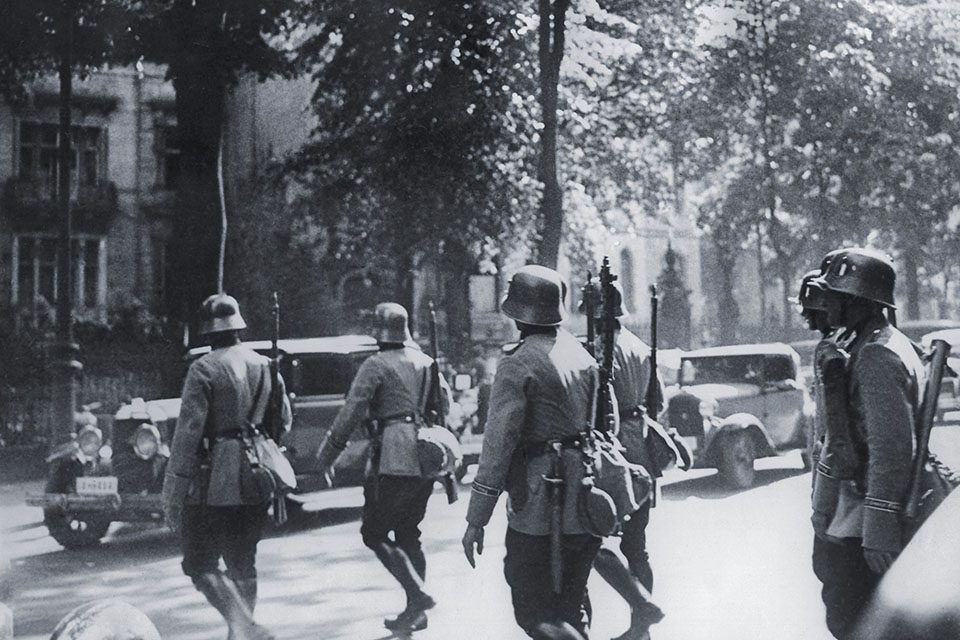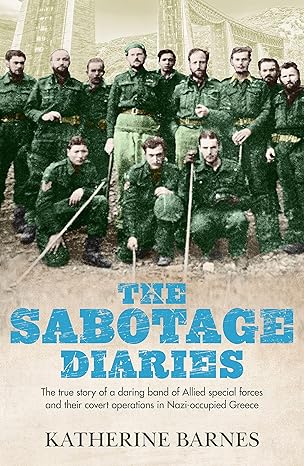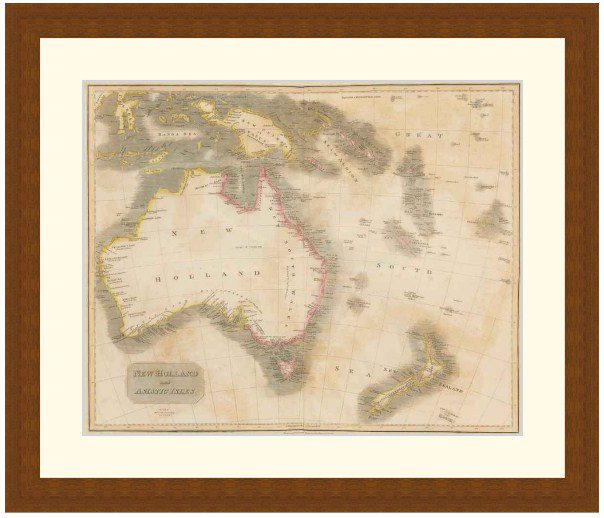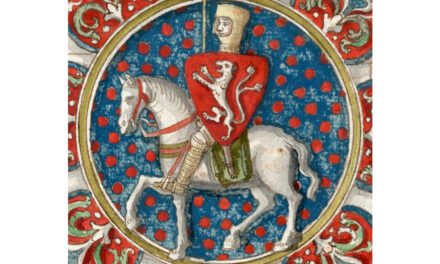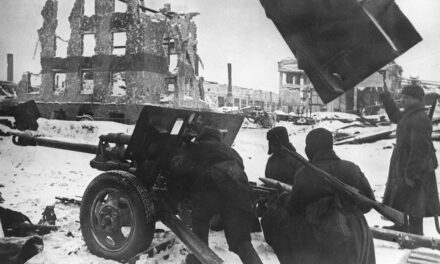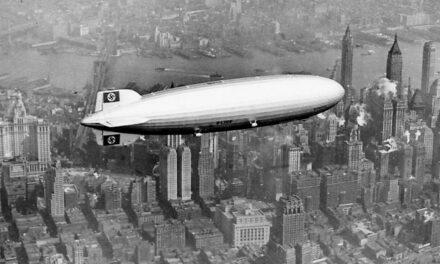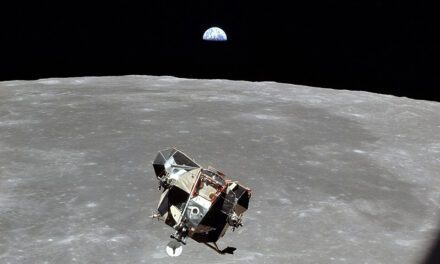History Guild General History Quiz 172
See how your history knowledge stacks up!
Want to know more about any of the questions? Scroll down to learn more!
Have an idea for a question? Suggest it here and we’ll include it in a future quiz!
The stories behind the questions
1. What led to the 1934 ‘night of the long knives’ in Germany?
The German military’s concerns about the power of the Sturmabteilung (SA) – The SA under Ernst Röhm took seriously the socialist promise of National Socialism and demanded that Hitler and the other party leaders initiate wide-ranging socialist reform in Germany. This was not what Hitler and the more conservative Nazis wanted. The SA, which at its peak had 2.9 million members, wanted to create a new German army with the SA at its core. Conservatives in the army, industry and politics placed Hitler under increasing pressure to reduce the influence of the SA and to move against Röhm.
The night and following two days saw many hundreds of SA members murdered by the SS and Gestapo. The army almost unanimously applauded the murders. Their support for the purge, however, would have far-reaching consequences for the institution. The humbling of the SA ended the threat it had posed to the army but, by standing by Hitler during the purge, the army bound itself more tightly to the Nazi regime.
2. Which conflict saw the Christmas truce?
WW1 – The Christmas truce of 1914 saw opposing British and German soldiers walking calmly across No Man’s Land, exchanging gifts and playing football. They also arranged for the burial of dead from both sides. The truce wasn’t universal though, much of the front line saw combat throughout Christmas day.
3. In the 1200s demand for what luxury item by the Mongols almost led to the extinction of a species?
Owl feathers – The Mongols revered the owl and used their feathers to decorate many items. The Mongol success in the 1200s provided them with enormous wealth and many merchants from across the world hunted owls to provide feathers for the Mongol market.
4. What was the codename of the Allied invasion of Sicily in 1943?
Operation Husky – The invasion started on the night of July 9-10, 1943, and ended on August 17 with German and Italian forces withdrawing to Italy. Allied forces gained experience in opposed amphibious operations, coalition warfare, and mass airborne drops.
5. Where was the political party and militant group Hezbollah founded?
Lebanon – Established in the wake of the 1982 Lebanon War by Lebanese clerics who were supported by Iran. It aggregated a variety of Lebanese Shia groups into a unified organisation to resist the Israeli occupation of Southern Lebanon.
6. When was the legal principle of habeas corpus first used to protest against unlawful imprisonment?
1305 CE – The writ demands that a prisoner be brought before the court to determine whether their imprisonment is lawful. Habeas corpus originally stems from the Assize of Clarendon of 1166, a re-issuance of rights during the reign of Henry II. Its first recorded usage was in 1305, during the reign of King Edward I.
7. When was Greenpeace founded?
1971 – Founded by a group of anti-nuclear testing activists in Vancouver Canada, the group expanded it’s campaigns in the late 1970s to include a very successful campaign to end commercial whaling. This culminated in 1986, when the International Whaling Commission banned commercial whaling.
8. Mexico City was built on the site of which earlier city?
Tenochtitlán – Hernán Cortés was an explorer and military leader who followed in the footsteps of Christopher Columbus. His toppling of the mighty Aztec Empire in 1521 opened the New World up to further Spanish exploration and control. From the ashes of the Aztec capital of Tenochtitlán he established Mexico City, the hub of colonial power in New Spain.
9. Who led the Indian, British and Commonwealth forces fighting the Japanese in India and Burma during WW2?
William ‘Bill’ Slim – Widely assessed as one of the best combat commanders of WW2, Slim was an Indian Army officer who combined great skill in military art with genuine concern for the soldiers under his command. He rose from commanding Burma Corps at the time of the initial Japanese invasion through to commander of 14th Army, comprising Indian, British and Commonwealth forces in India and Burma.
He is perhaps best described by George MacDonald Fraser, author of The Flashman series of novels, then a nineteen-year-old lance corporal.
‘But the biggest boost to morale was the burly man who came to talk to the assembled battalion … it was unforgettable. Slim was like that: the only man I’ve ever seen who had a force that came out of him… Fourteenth Army trusted Slim and thought of him as one of themselves, and perhaps his real secret was that the feeling was mutual.
and:
‘I see him clear, with that robber-baron face under that Gurkha hat, and his carbine slung, looking like a rather scruffy private with a general’s tabs, which of course is what he was.’
Before and after the war he was a prolific writer. His best known work was his personal narrative of the Burma Campaign, Defeat into Victory, in which he candidly talked about his mistakes and the lessons he learned. He then served as Governor-General of Australia from 1953 to 1960, where he was also patron of a child migration program. In 2007 three former child migrants alleged Slim sexually assaulted them. The allegations were dismissed.
10. Where was Cadbury chocolate created?
Birmingham – Birmingham was a significant centre of British industry. This saw the merchant class rise to power in the city in the 1800s. The two most prominent merchant families, the Cadburys and the Chamberlains, controlled the politics of the city for the best part of a century.

